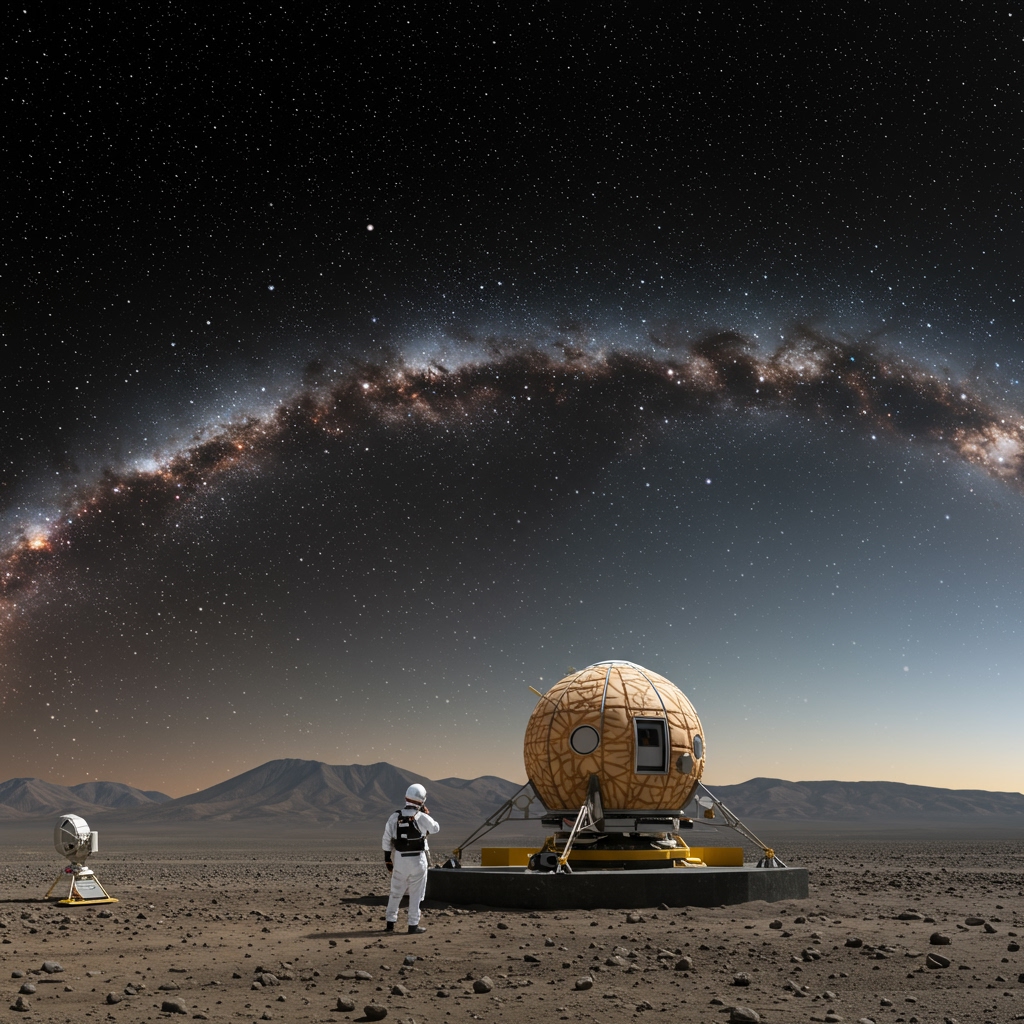NASA Details Ambitious Europa Lander Mission for 2030 Launch
Washington D.C. – The National Aeronautics and Space Administration (NASA) has officially unveiled comprehensive and detailed plans for its next major mission targeting one of the solar system’s most compelling destinations: Jupiter’s enigmatic moon Europa. This ambitious undertaking, provisionally named ‘Europa Explorer’, represents a significant step in humanity’s ongoing quest to understand the potential for life beyond Earth. The mission is currently slated for a launch in 2030, leveraging the powerful capabilities of the Space Launch System (SLS) Block 1B rocket, a critical piece of infrastructure for transporting heavy payloads on complex interplanetary trajectories.
The core objective of the ‘Europa Explorer’ mission is to deploy a sophisticated, powered lander onto the moon’s icy surface. Unlike previous or concurrent missions focused on orbital reconnaissance, this mission aims to achieve a controlled touchdown, enabling in situ analysis of Europa’s composition and environment. The lander is specifically designed with the capability to analyze subsurface ice, targeting locations near equatorial crack features. These cracks are of particular scientific interest as they are theorized conduits for material from Europa’s vast, subsurface ocean, potentially bringing traces of organic molecules or other signs of biological activity closer to the surface where the lander can access them.
A primary scientific goal is the search for potential biosignatures – chemical or physical indicators that could point to the past or present existence of life. The lander’s instrument suite is being designed to perform detailed analysis of the ice, looking for complex organic molecules, cellular structures, or other evidence consistent with biological processes. This requires not only sophisticated analytical tools but also the ability to sample material that has been shielded from the harsh surface radiation environment.
Operating on Europa presents significant technical challenges. The moon is subjected to intense radiation from Jupiter’s powerful magnetosphere. The ‘Europa Explorer’ lander must therefore be engineered to withstand this harsh radiation environment for its operational duration on the surface. This necessitates extensive radiation hardening of electronic components and careful design of the lander’s structure and systems to ensure mission success despite the extreme conditions.
The project’s full lifecycle cost is estimated to be approximately $4.5 billion. This substantial budget reflects the complexity, technical demands, and inherent risks associated with deep space missions, particularly those involving landing on a distant, high-radiation world. The development of the lander, its complex instrument payload, the requirement for a high-energy launch vehicle like the SLS Block 1B, and the operational challenges all contribute to the significant cost.
Crucially, the ‘Europa Explorer’ mission is designed to build upon data anticipated from NASA’s Europa Clipper mission. The Europa Clipper, which is focused on detailed orbital studies of the moon, is also anticipated to arrive at Jupiter in 2030. The high-resolution imagery, compositional data, and characterization of surface features and radiation environments gathered by Clipper during its multi-flyby mission will be invaluable for the ‘Europa Explorer’ team. This data is expected to help inform the final selection of the lander’s touchdown site, optimize its scientific objectives, and refine mission parameters based on the most up-to-date understanding of Europa’s dynamic environment.
The selection of equatorial crack features as target landing sites is strategic. Scientists believe these cracks could be areas of relatively recent geological activity, potentially exposing subsurface ice or plumes erupting from the ocean below. Accessing material from below the surface is critical because the surface ice is continuously bombarded by radiation, which could alter or destroy delicate organic molecules. Analyzing ice excavated or exposed from deeper layers offers a better chance of finding preserved biosignatures, should they exist.
Utilizing the Space Launch System (SLS) Block 1B is essential for this mission profile. Sending a powered lander with a sophisticated scientific payload to Jupiter’s system requires a significant amount of energy to achieve the necessary trajectory and deliver the mass. The SLS provides the lift capability required for such a demanding interplanetary journey, enabling a potentially more direct path and carrying the substantial mass of the lander, its fuel, and its protective aeroshell and landing systems.
While the mission is provisionally named ‘Europa Explorer’, its final designation may be determined closer to launch. Regardless of the final name, the mission represents a bold and ambitious endeavor by NASA, pushing the boundaries of robotic exploration. Success would provide unprecedented in situ data from Europa’s surface, potentially offering groundbreaking insights into the moon’s composition, geology, and, most significantly, its potential habitability and the tantalizing prospect of discovering life beyond Earth. The planned 2030 launch date sets the stage for a pivotal moment in planetary science, following closely on the heels of the Europa Clipper’s arrival and marking a potential turning point in the search for extraterrestrial life within our own solar system.





